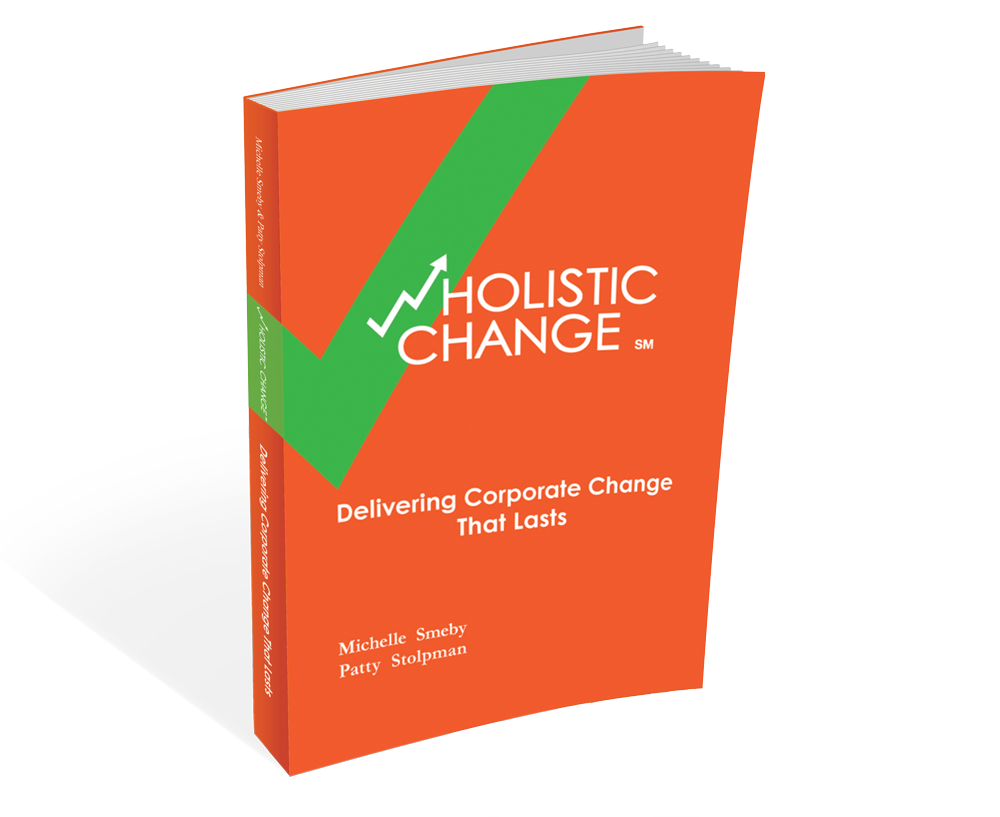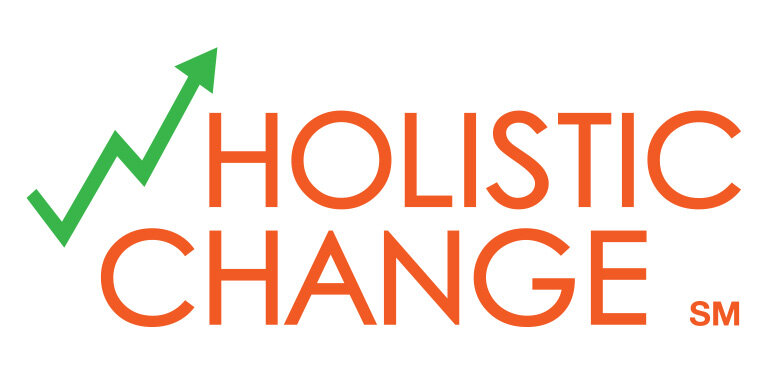Peter R. Scholtes' The Leader's Handbook is another of the books that I always keep close at hand due to its relevance in helping me handle any aspect of leading people through change. Scholtes was a great student of W. Edwards Deming, who truly helped the world understand how to use analytical methods to identify sources of variation and then improve those processes that need to change.Here are some of my favorite pieces of wisdom that we have integrated as part of wHolistic Change ™:
It is critical to involve all stakeholders in determining the current and future states, and throughout the change process:
- The customer is all-important. Seek to cultivate long-term relations with your customers. Seek to continuously understand customer needs when designing and manufacturing products.
- Production is a system. The supplier is your partner. Make the supplier an integral part of the system. The customer is also a part of the system, the most important part of the system.
Continuous improvement feedback loops are critical to the day to day success of an organization:
- In order to maintain a well-functioning system or process, managers need to encourage people to establish and maintain feedback loops: ongoing, routine processes by which customers (external and internal) share data with their important suppliers (internal or external).
- Feedback loops also need to be established between people and their own processes. Workers in a given part of the system or process monitor data on those key indicators that keep them informed on how well the process is functioning.
Leaders need to remain open and curious. Ask questions to ensure you are tackling the correct problem, for the correct reason, the right way. Scholtes' 7 all-purpose questions:
- Why? Ask why to get to the heart, or true systemic cause of the problem. Japanese teachers of quality will tell you to ask "Why?" 5 times.
- What is the purpose? When someone proposes something new, find out the purpose of the proposed project or change.
- What will it take to accomplish this? Alternate question, "By what method?" Do we truly understand what it will take to make this happen?
- Will the customers give a rat's tush about this? Will your customers notice or care that you did this? How will this affect your customers (internal and external)? How do you know if they care - have you asked them?
- What is your premise? What are your beliefs and assumptions about proposing this change? On what are you basing these beliefs and assumptions?
- What data do you have (if any)? Or, how do you know? The goal is to get to a measurable definition of the current state, so you can also ensure that you have a baseline against which to measure your change (and mechanism to determine if you are successful).
- Where do your data come from? How were the data gathered, analyzed, and interpreted? How are we sure that this is valid data upon which to base our decisions? This ties back to previous blog posts about operational definitions - making sure there is a common understanding and definition of the current state and problem to be tackled.
Leaders must develop different competencies to be able to successfully lead their organizations through a changing global dynamic:
- The ability to think in terms of systems and knowing how to lead systems.
- The ability to understand the variability of work in planning and problem solving.
- Understanding how we learn, develop, and improve, and leading true learning and improvement.
- Understanding people and why they behave as they do.
- Understanding the interdependence and interaction between systems, variation, learning, and human behavior. Knowing how each affects the others.
- Giving vision, meaning, direction, and focus to the organization.

